
News
By Sean Doyle, March 13, 2019
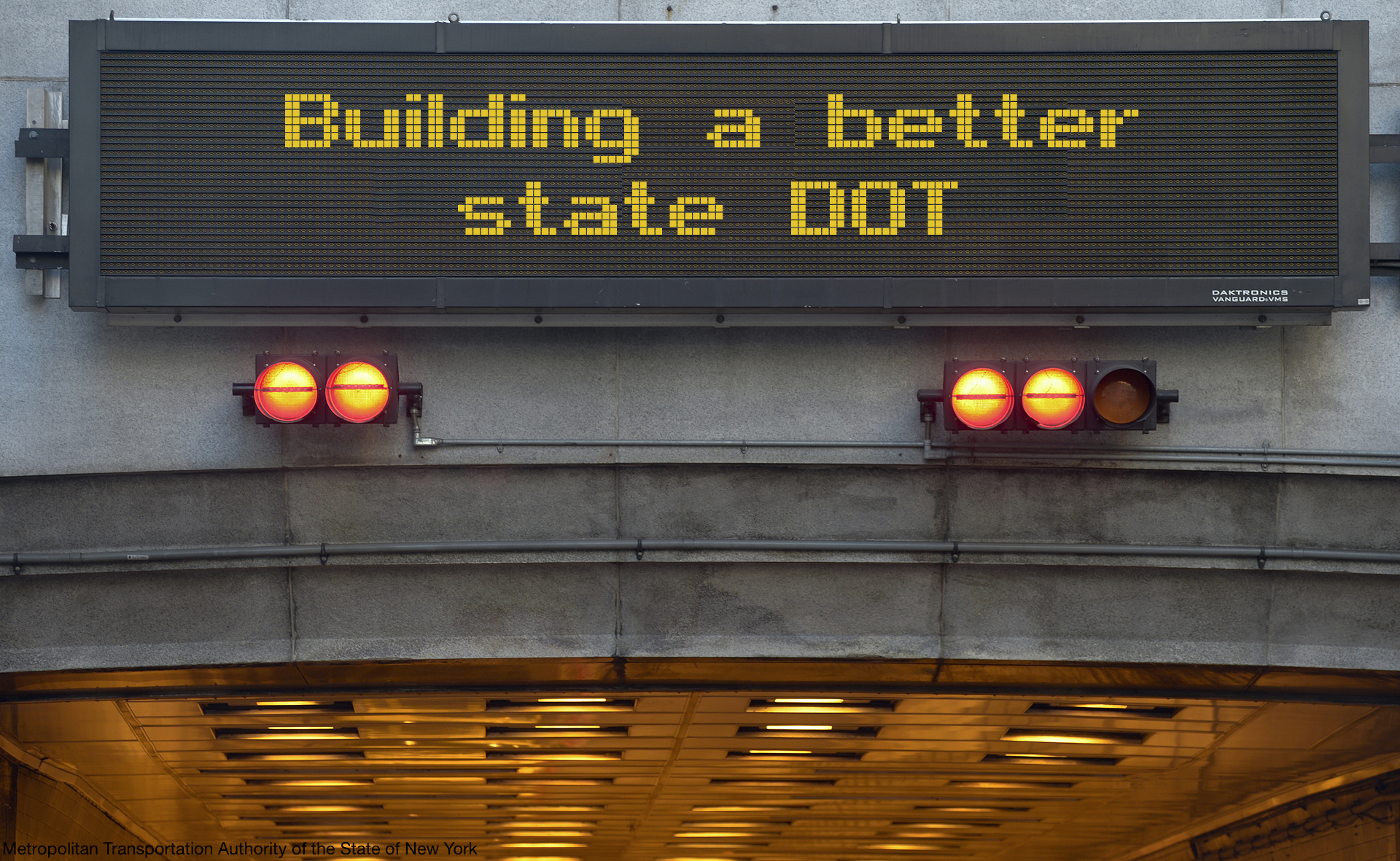
State DOTs often use guidance and a project selection process that leads to overbuilt projects that don’t fit their context and are ill tailored to the needs of the community. To build better projects that fit in the areas they serve, state DOTs need to acknowledge land use and context and update their project selection process to focus on outcomes.
This is the fifth post in a short series about states that are finding success through what’s known as practical solutions, a way for transportation departments to meet changing demands and plan, design, construct, operate, and maintain context-sensitive transportation networks that work for all modes of travel. Read the first, second, third, and fourth posts. Read the sixth and final post.
We’ve all seen roads that are very out of place: a four-lane, one-way “boulevard” that cars race along in a residential area. Or that road with eight wide lanes that cuts through a commercial district where sidewalks (if they exist) are constantly interrupted by driveways.
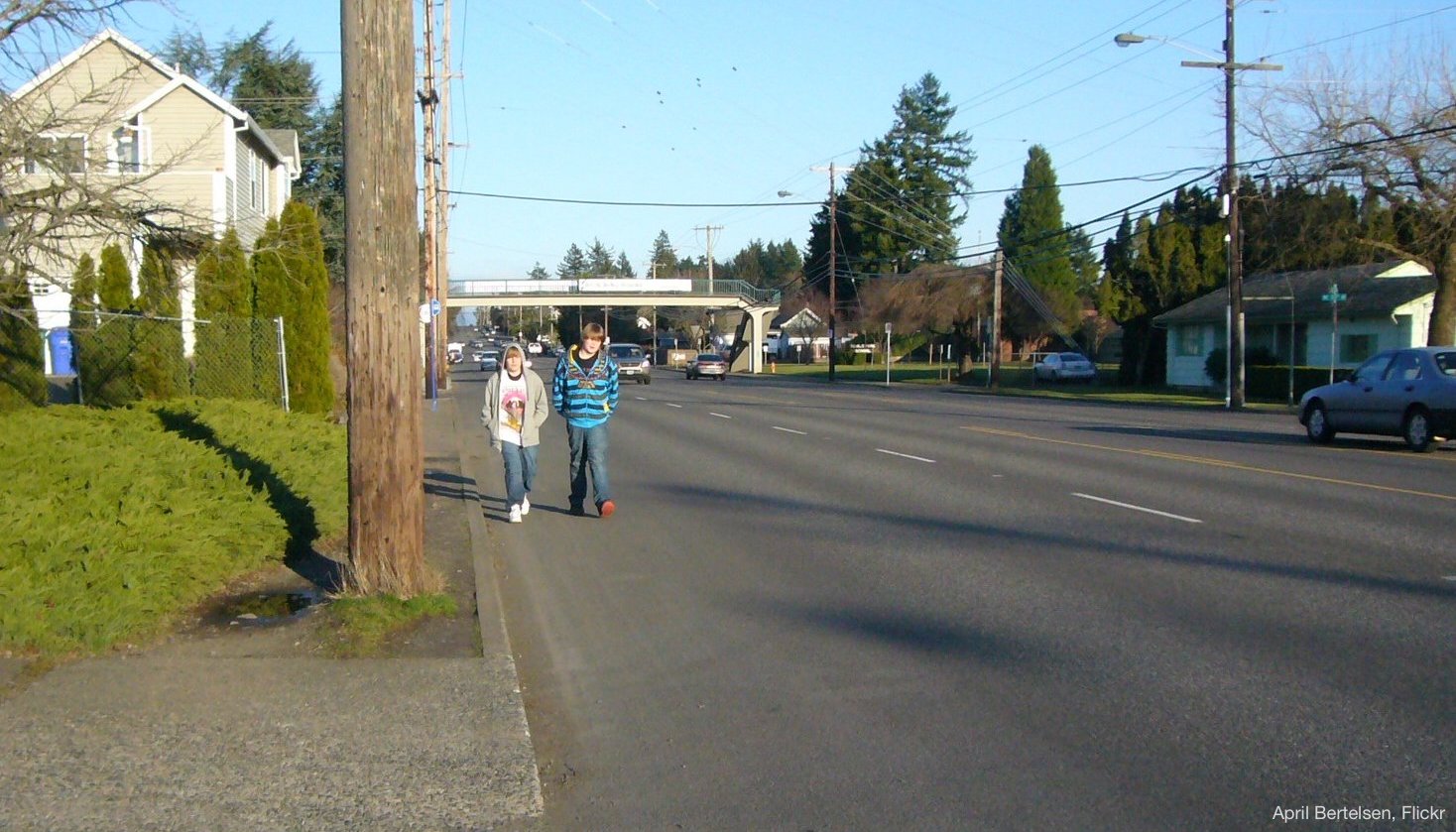
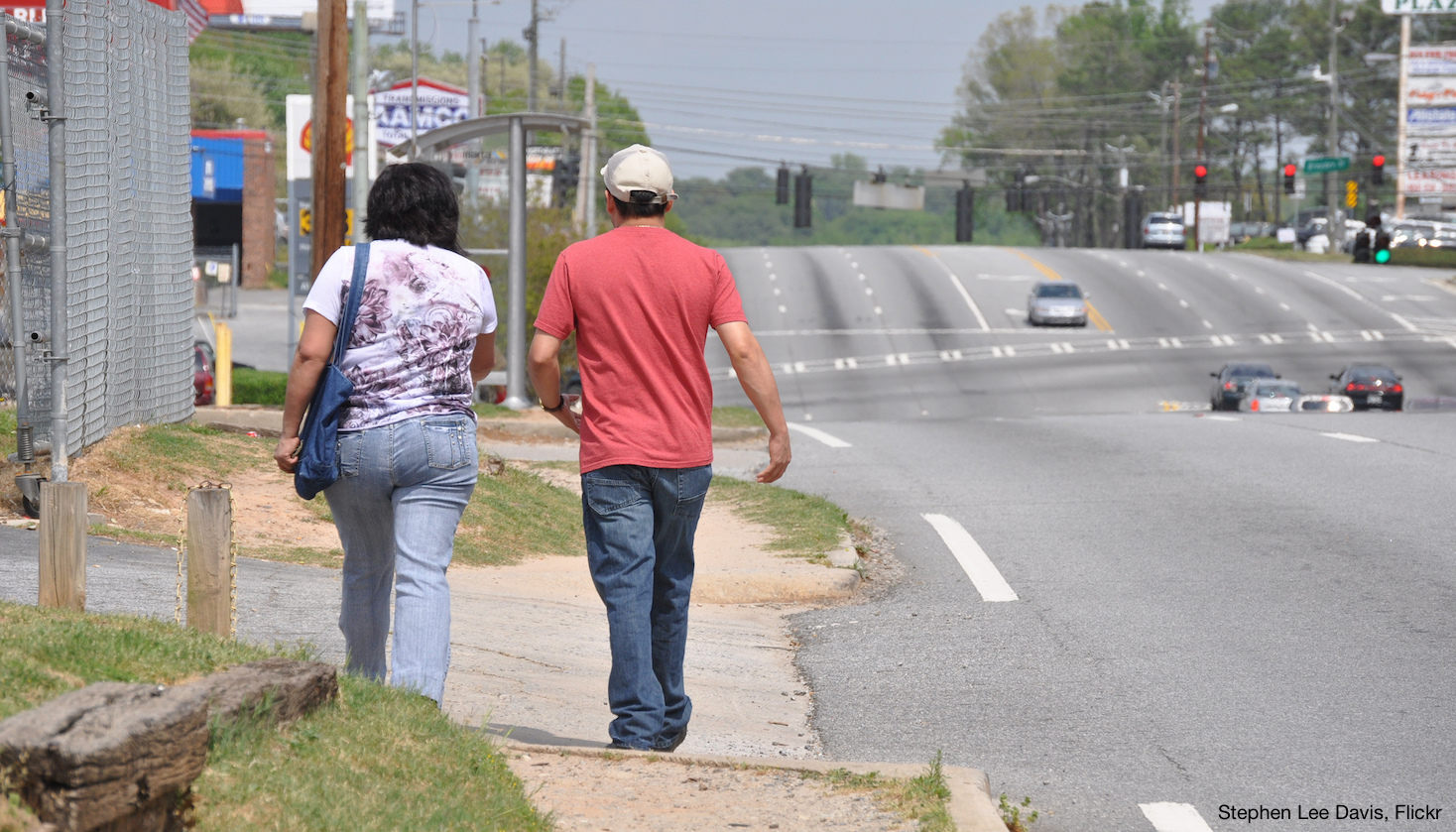
Roads like this don’t happen by accident. They are often the end product of a design/construction process that ignores the land use or context around them. And they’re chosen for funding based on a selection process that is opaque and doesn’t relate to the overarching goals of the agency, be they economic, environmental, equity, or safety goals.
As we’ve noted throughout this series, state DOTs spent years razing whole neighborhoods to construct highways through rural areas, older suburbs, and city centers, often with the same exact design through all three areas that have wildly different needs. And many of those practices have failed to evolve. Aligning project selection with agency goals and accounting for the local context (rural, suburban, urban) in project design are the final major components of a practical solutions framework.
How to address land use and context
Land use and transportation are inextricably linked, but state DOTs often do not have control over land use decisions—nor should they. But a lack of control over land use isn’t a good reason to ignore it; it’s critical that transportation investments are coordinated with the local land use to ensure that projects match their context and need.
One common way to do this is to create context classifications—such as rural, small town, suburban, urban, and urban core—to spell out appropriate parameters for design. Taking it a step further, such classifications should be reflected in the state design manuals or guidance. Without these steps, roads often end up resembling highways regardless of their context.
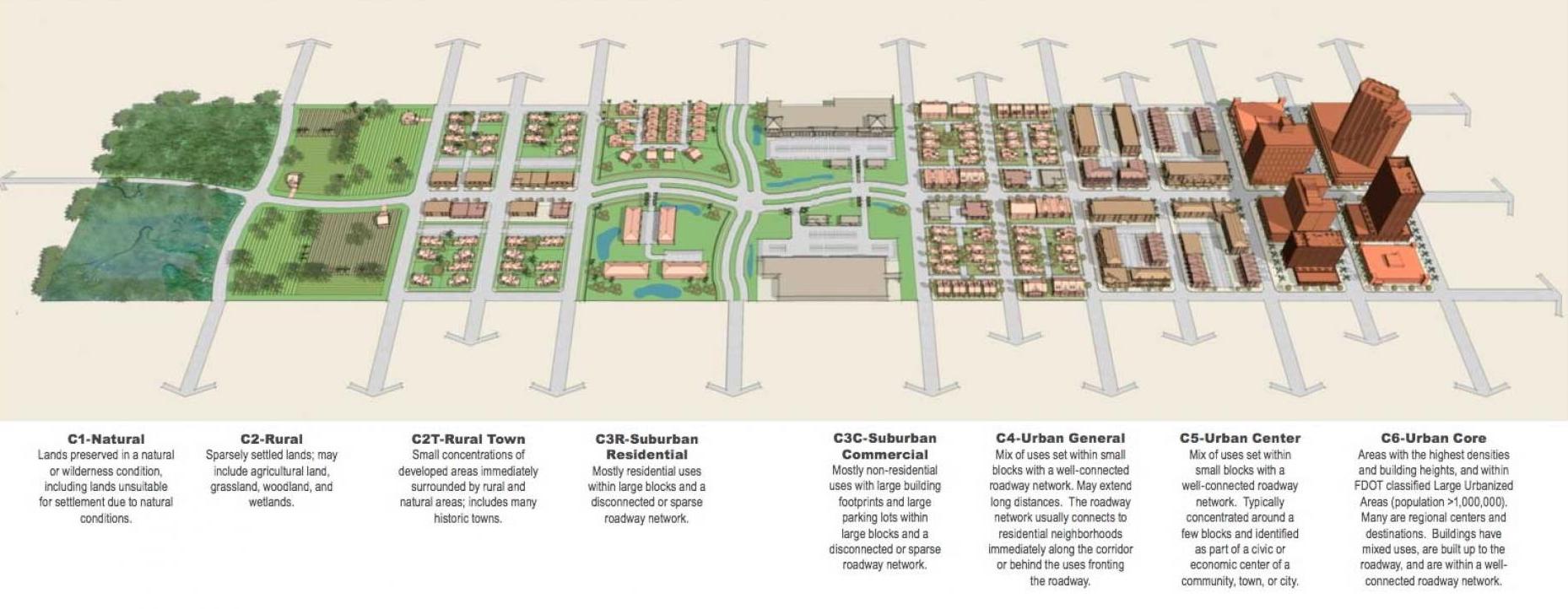 Image: FDOT Context Classifications.
Image: FDOT Context Classifications.
States can also use their funding decisions to create a positive feedback loop ensuring transportation investments and local land use decisions are aiming for the same goals. They can prioritize and fund projects in communities where the locality is working as a partner; for example, localities that prioritize compact, walkable development and use transportation demand management (TDM) strategies to reduce future travel demand should be rewarded for saving the state money by avoiding the need to expand roads or build other new infrastructure entirely. States should also evaluate whether their own proposed investments match the local context. Projects that are harmonized with local land use should be prioritized for funding and those that are not should be postponed or sent back to the drawing board.
States can also help localities—particularly those with limited resources—understand how local regulations like hefty parking requirements or single-use zoning that separates jobs from housing can affect transportation demand and the impacts on the local street network.
Prioritizing projects based on outcomes
Most states have an opaque or hard to understand process for picking which projects get funding. And even if a state thinks their process is clear, the public at large most certainly does not, believing that most processes are entirely about political influence, not merit.
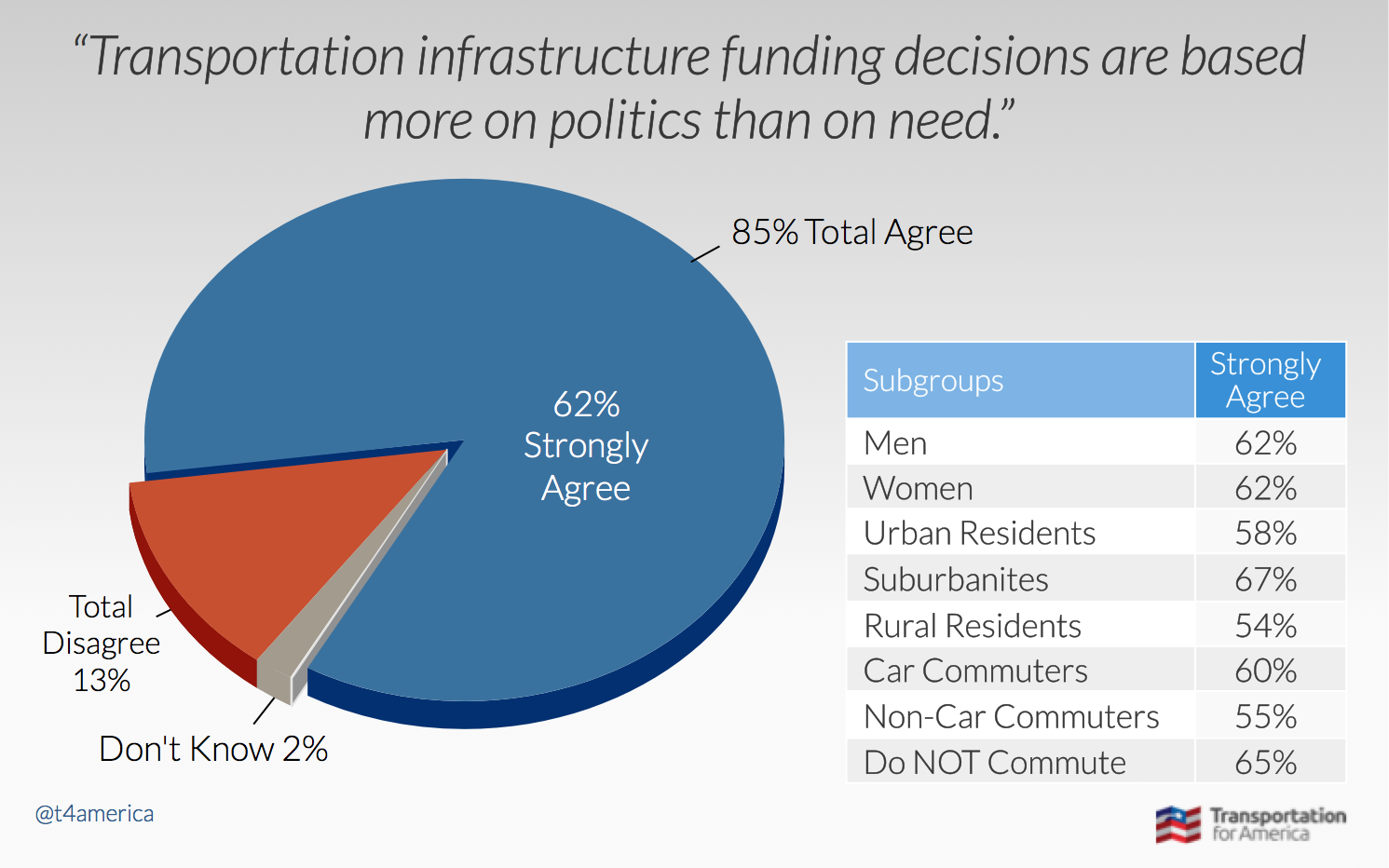
Some DOTs are turning to a well defined project scoring process that objectively evaluates projects based on expected outcomes that relate to the agency’s goals. Whether it’s safety, access to jobs, economic development, or any other goals, here are some strategies to orient project selection based on outcomes:
- Don’t segregate modes—having a process that prioritizes (and funds) projects regardless of mode of travel can allow for more cost-effective solutions.
- Use long-range plans to set the goals that determine project selection—actually using stated goals to drive selection will increase accountability and trust with the community.
- Develop a numerical scoring system—identify performance measures to evaluate all projects consistently and give them a score based on the sum of how well they perform in each policy category.
- Measure outcomes instead of just current conditions—measuring how well a project will address the stated need is different than measuring how big the magnitude of the current problem is.
- Consider costs, not just benefits—without considering cost in rankings, the process will naturally bias larger, more expensive projects.
- Pilot your approach—this is an art, not a science, and piloting allows you to work out kinks in the scoring process.
- Conduct outreach to build buy-in for the new process.
- Update project selection criteria regularly—updates should reflect new long-range plans, new methodologies, or correct for unintended outcomes.
Changing DOT practices isn’t easy; it’s like rerouting a river that’s carved a deep canyon over multiple decades. But as states are confronted with limited funds, degraded infrastructure, and existential threats from climate change, there may be little other choice. If states pursue a practical solutions approach as outlined above and in the previous posts they can set themselves on a track to produce more affordable projects that will better meet the needs of the communities they serve.
For more information about practical solutions, see all the in-depth memos.
Read the sixth and final post in this series: How Tennessee DOT is turning Complete Streets policy into practice >>
Related News

© 2025 Smart Growth America. All rights reserved
Site By3Lane Marketing








